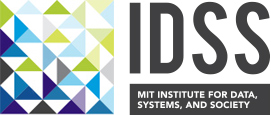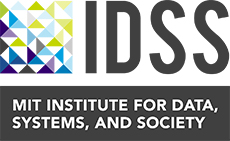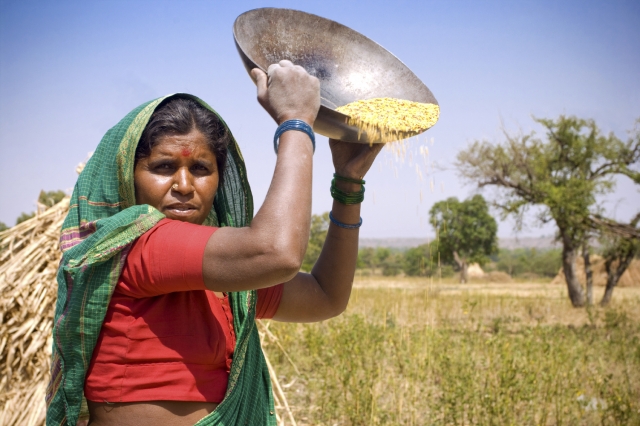Identifying Key Individuals in a Research Network
IDSS PI: Esther Duflo
Collaborators: Abhijit Banerjee, Arun Chandrasekhar (Microsoft Research), Matthew Jackson (Stanford University)
IDSS PI Esther Duflo and colleagues have shown that in India, information diffuses in a social network depending on the position of those initially informed. If these injection points are central enough, diffusion takes off; peripheral seeds can stunt diffusion. Though identifying central individuals can be crucial for policymakers, collecting network data can be expensive and impractical. Researchers demonstrated theoretically and empirically that members of their community are network-central. Further, they conducted an experiment demonstrating that seeding information with those who are identified as central by other community members leads to considerably wider information diffusion than seeding information both with randomly chosen individuals and village leaders.
To study the impact of the choice of injection points in the diffusion of a new product in a society, researchers developed a model of word-of-mouth diffusion and then applied it to data on social networks and participation in a newly available microfinance loan program in 43 Indian villages. The model allowed researchers to distinguish information passing among neighbors from direct influence of neighbors’ participation decisions, as well as information passing by participants versus nonparticipants. The model estimates suggest that participants are seven times as likely to pass information compared to informed nonparticipants, but information passed by nonparticipants still accounts for roughly one-third of eventual participation. An informed household is not more likely to participate if its informed friends participate. Researchers proposed two new measures of how effective a given household would be as an injection point. They showed that the centrality of the injection points, according to these measures, constitutes a strong and significant predictor of eventual village-level participation.
References and Related Content:
“The Diffusion of Microfinance” – Science Magazine, July 2013.
“Social Capital and Social Quilts: Network Patterns of Favor Exchange” – American Economic Review, August 2012.
“How anti-poverty programs go viral” – MIT News, July 2013.
“Poverty’s researcher” – MIT Technology Review, December 2009.
Also, the Social Networks and Microfinance website has links to the research and data.




